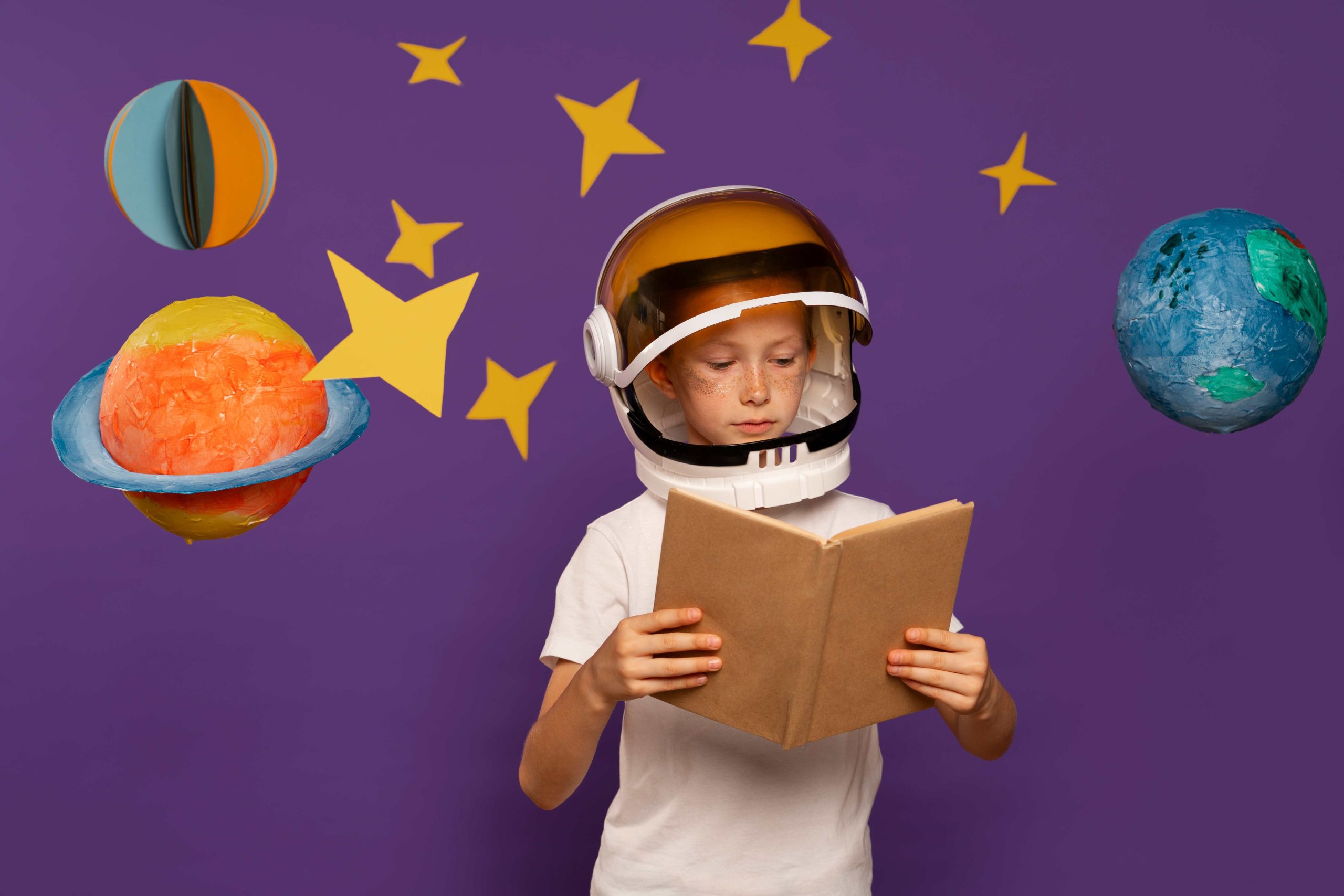Nurturing Imagination in Preschoolers through Art Projects
Nurturing Imagination in Preschoolers through Art Projects
Art projects play a crucial role in the development of preschoolers, fostering creativity, imagination, problem-solving, self-expression, and critical thinking. Let’s explore various art projects tailored to nurturing imagination in preschoolers.
1. Drawing and Painting
Drawing and painting are classic forms of expression that enhance fine motor skills and hand-eye coordination. Encourage preschoolers to unleash their imagination by providing diverse materials like crayons, markers, and watercolors.
2. Collage
Collage projects inspire creativity by allowing preschoolers to combine different materials like paper, fabric, and buttons. Offer a variety of materials and encourage them to create whatever they desire.
3. Playdough and Clay
Playing with playdough and clay stimulates imagination and creativity. Provide various colors and encourage preschoolers to mold their ideas into shapes and sculptures.
4. Puppet Making
Puppet making encourages storytelling and imaginative play. Supply materials like paper bags and felt, and watch as preschoolers bring their puppet characters to life.
5. Nature Art
Nature art projects inspire preschoolers to explore the outdoors and use natural materials like leaves and twigs to create unique designs. Encourage them to let their imagination run wild.
6. Recycled Art
Recycled art promotes eco-consciousness while sparking creativity. Provide recycled materials like cardboard boxes and plastic bottles, and challenge preschoolers to transform them into art.
By incorporating these art projects into preschool activities, parents, caregivers, and teachers can cultivate imagination and set preschoolers on a path to lifelong creativity and success. Remember to provide a supportive environment and celebrate each child’s unique artistic expression.
Thank you for exploring the power of art in nurturing preschoolers’ imagination. We hope these ideas inspire joyful creativity in your little ones!
For a wide selection of art supplies for preschoolers, visit Example Art Supplies.
Learn more about fostering creativity in children with our article on Creative Play.
